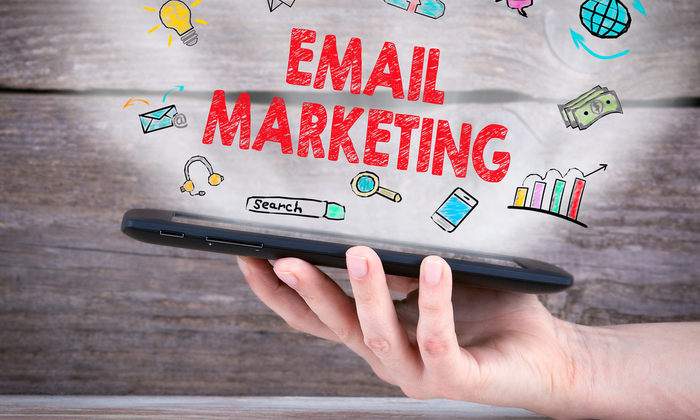
Email marketing is a digital marketing strategy that involves sending emails to a group of recipients with the purpose of promoting products, services, building relationships, and engaging with a target audience. It is a direct and cost-effective way to communicate with current and potential customers. Email marketing can serve various objectives, including:
Promotion: Sending promotional emails to showcase products, offer discounts, or announce special offers to encourage recipients to make a purchase.
Relationship Building: Nurturing and maintaining relationships with existing customers by providing valuable content, updates, and personalized communications.
Lead Generation: Collecting email addresses from interested individuals to build a list of potential customers for future marketing efforts.
Brand Awareness: Sharing news, updates, and information about your brand to keep it top-of-mind with your audience.
Information and Education: Providing relevant and educational content, such as newsletters, industry insights, or how-to guides, to inform and engage recipients.
Key components of email marketing include:
Email List Building: Gathering email addresses from customers, website visitors, and other sources. It’s important to obtain consent from individuals before sending them marketing emails to comply with anti-spam regulations.
Segmentation: Dividing your email list into smaller segments based on factors like demographics, behavior, purchase history, or engagement level. Segmenting your list allows for more personalized and targeted email campaigns.
Content Creation: Developing compelling and relevant email content, including subject lines, headlines, body text, images, and calls to action (CTAs).
Design and Layout: Creating visually appealing email templates that are mobile-responsive and display well on various email clients and devices.
Automation: Using email marketing software to automate certain aspects of your campaigns, such as sending welcome emails, abandoned cart reminders, or personalized recommendations based on user behavior.
Personalization: Tailoring emails to individual recipients by using their names, offering product recommendations based on past purchases, and sending content that matches their interests and behaviors.
A/B Testing: Experimenting with different elements of your emails (subject lines, CTAs, images, etc.) to determine what resonates best with your audience.
Analytics and Tracking: Monitoring the performance of your email campaigns by measuring key metrics like open rates, click-through rates, conversion rates, and unsubscribe rates. These insights help refine your future email marketing efforts.
- Email marketing is a valuable tool for businesses of all sizes because it allows you to communicate directly with your audience, build brand loyalty, and drive conversions. However, it’s essential to follow best practices to avoid being marked as spam and to provide value to your subscribers, as irrelevant or excessive emails can lead to unsubscribes and a negative impact on your brand reputation